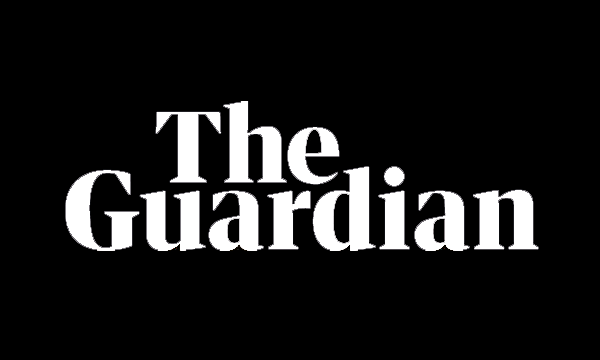
Rachel Reeves will attempt to shrug off the UK’s anaemic economic performance at her Mansion House speech next week, after the latest official figures showed the economy unexpectedly shrank in May.
The chancellor is expected to say the City is at the heart of her vision for sparking economic growth, as she battles to seize back the narrative after worse than expected GDP figures, and a bleak warning from the Office for Budget Responsibility (OBR) about the state of the public finances.
The economy shrank by 0.1% in May, the Office for National Statistics said, fuelled by sharp declines in manufacturing and construction.
It was the second month of contraction in a row after a 0.3% drop in GDP in April, and amplified speculation that taxes would have to go up again in the autumn budget.
But less than a fortnight after bond markets sold off government debt amid a flurry of speculation about her future, Reeves will claim Labour is creating an economy, “where people and businesses look to the future and talk about hope, about opportunity”.
She will tell City investors at the historic Guildhall on Tuesday that workers and businesses can be “assured of their own capability, and of the ability of our country to boldly face the challenges that lie ahead. And certain of the prize if they succeed, of higher wages and higher living standards.”
Business groups have blamed Reeves’s £25bn increase in employer national insurance contributions, which came into force in April, for weighing on growth, at the same time as Donald Trump’s trade war sapped confidence.
But she is expected to stress in the speech Labour’s determination to deliver security, pointing to the importance of the government’s plans for public investment, as well as recent trade deals with India and the US.
The GDP figures showed that declines in construction, oil and gas extraction, car manufacturing and the production of pharmaceuticals outweighed a return to growth in Britain’s dominant service sector, amid a slump in activity after a strong first quarter.
“These downbeat figures undoubtedly increase anxiety over the health of the UK economy, with tumbling construction and manufacturing activity causing a disheartening decline in overall output,” said Suren Thiru, the economics director at the Institute of Chartered Accountants in England and Wales.
The data came as Labour’s growth plans are under the microscope amid mounting speculation over the need for large tax rises at the autumn budget after Keir Starmer’s high-stakes welfare U-turn this month.
Ministers have warned of “financial consequences” after the government backtracked on changes to disability benefits that would have been worth more than £5bn in savings for the Treasury. That adds to the £1.25bn the Treasury needs to find to cover May’s climbdown on winter fuel payments.
Mel Stride, the shadow chancellor, said Labour’s U-turns had “created a ticking tax timebomb” for the economy. “Thanks to Labour’s reckless choices the economy actually shrank in May. This will pile even further pressure for tax rises in the autumn.”
Ben Jones, the lead economist at the Confederation of British Industry, said: “With growing fiscal challenges and the autumn budget on the horizon, the chancellor must provide clear reassurance – no new taxes on business and instead offer a commitment to work alongside firms to dismantle barriers to growth.”
However, economists said the slump in April and May did not paint an entirely accurate picture because it reflected businesses shifting activity around government tax changes and Trump’s tariff deadlines.
Britain’s economy had grown rapidly in the first quarter of 2025, outstripping other countries in the G7 with an expansion of 0.7%. However, much of that was driven by exporters scrambling to beat the US president’s 2 April “liberation day” tariff announcement.
Manufacturing output had risen sharply in the first three months of the year amid an increase in exports. The property sector had also boomed before the expiry of a temporary cut in stamp duty in England and Northern Ireland, leading to a slump in activity in April and May.
However, activity is expected to remain subdued over the rest of the year amid heightened uncertainty, elevated borrowing costs and fragile business and consumer confidence. The OBR has forecast GDP growth of 1% for 2025 as a whole but will revisit that projection in the run-up to the autumn budget.
While the UK has struck a deal with the US to mitigate Trump’s steepest tariffs, alongside forging closer ties with the EU, the Bank of England governor, Andrew Bailey, has warned that trade policy uncertainty still clouds the outlook.
Economists widely expect the Bank’s monetary policy committee to cut interest rates from the current level of 4.25% at its next meeting in August, amid mounting concerns over the strength of the economy despite lingering inflationary pressures.
Sanjay Raja, the chief UK economist at Deutsche Bank, said: “For now, weakness in GDP will cement some on the MPC’s fears that demand is loosening faster than expected. An August rate cut looks almost certain. And we expect more to come.”







